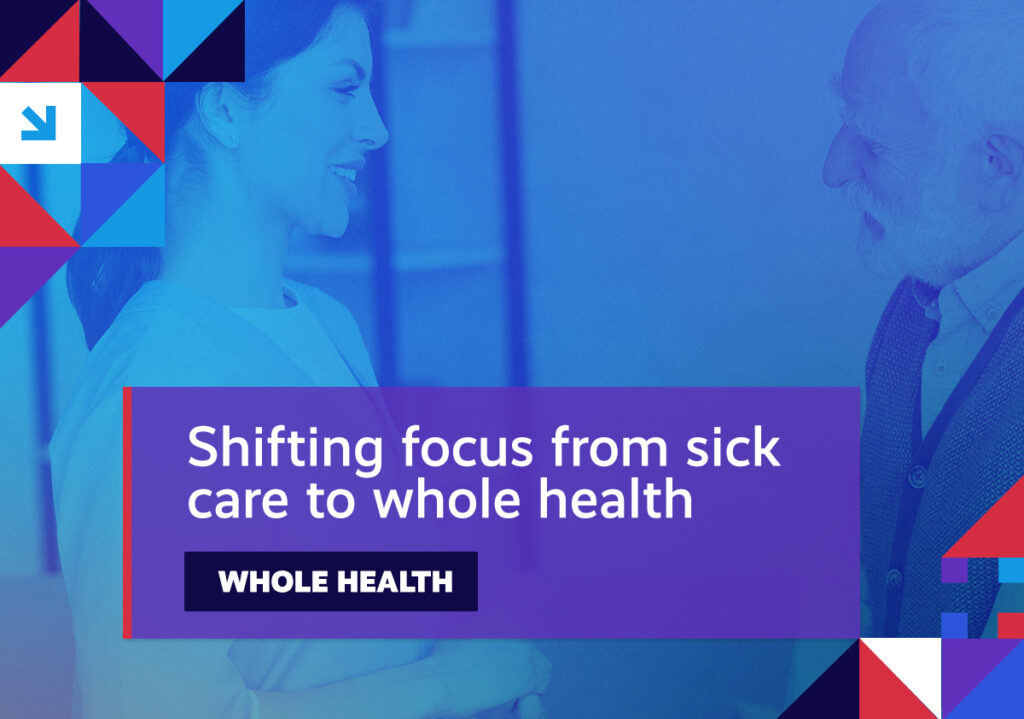A quick roundup of the issues driving the healthcare reform conversation.

Week in Review
MEDICARE ADVANTAGE CUTS Proposed changes to Medicare Advantage threaten benefits and increased premiums.
Quick takeaway: Seniors enrolled in Medicare Advantage (MA) plans may face benefit cuts or premium increases of nearly $400 on average next year.
Digging deeper: With cuts to the MA program looming, a new study estimates that beneficiaries may see a $33 reduction in benefits or increased premiums each month in 2025, should recently proposed changes by the Centers for Medicare & Medicaid Services (CMS) be finalized.
As has been highlighted, CMS released its annual proposed changes to how MA is funded and administered in late January. After years of cuts and other administrative modifications, the cumulative impact of these annual changes has not only eroded the blanket of comprehensive coverage that 33 million American seniors now depend on, but driven up their costs, as well.
What it means: MA has distinguished itself from original Medicare by focusing on beneficiaries’ whole health. That’s seen plans design benefits around coordinated care, driving improved health outcomes and helping advance better health equity.
It’s no wonder the program remains so popular with Medicare-eligible seniors, more than half of whom are now enrolled in MA plans.
Rx LAUNCH PRICES Launch prices for prescription drugs go through the roof.
Quick takeaway: Last year, drugmakers jacked up the launch prices of new drugs 35 percent.
Digging deeper: According to a new analysis, the median annual list price for a new drug in the U.S. hit $300,000 in 2023 – that’s up from $222,000 in 2022, which, in turn, was up from $180,000 in 2021.
While higher prices might initially be justified for a drug with a lot of value to patients, more than half of the new products approved by the Food & Drug Administration in 2022 and 2023 were for rare conditions that often lack therapeutic alternatives, giving pharmaceutical companies negotiating leverage to set astronomically high prices.
That’s left many wondering why these prices keep going up without any clear rationale.
What it means: The new data comes on the heels of drugmakers raising prices on over 900 products in January.
Meanwhile, a separate report found that prices for prescription drugs in the U.S. are much higher than in other countries.
PROVIDER FEES Administrative fees charged by doctors are on the rise.
Quick takeaway: Whether it’s signing patient documents or responding to their questions, providers are increasingly charging fees for these tasks.
Digging deeper: As demands on physicians’ time has gone up, the response has been to make sure they’re compensated accordingly. But, with those fees being as high as a few hundred dollars, it’s consumers who find themselves on the hook.
What it means: A recent study further reinforces the growing scope of billable services.
During the coronavirus pandemic, charges for electronic, asynchronous clinician-patient messaging – or, e-visits – became the norm.
However, on this side of the public health crisis, those charges have persisted, suggesting that health systems’ interest in e-visit billing has evolved from a short-term pandemic necessity to a lucrative source of long-term revenue.
SURPRISE MEDICAL BILLS Disputes over surprise medical bills soar.
Quick takeaway: Consumer protections against surprise medical bills have forced some providers to replace their former business practice of balance billing patients with arbitration, burying arbiters under an avalanche of independent dispute resolution (IDR) requests.
Digging deeper: The No Surprises Act (NSA) was enacted to protect consumers from providers’ surprise medical billing, which occurs when patients receive care at in-network facilities from out-of-network (OON) clinicians and specialists, such as anesthesiologists and radiologists or in emergency care settings.
However, since going into effect in 2022, the amount of disputed claims submitted to the IDR process by OON providers, facilities, and air ambulance service providers has exponentially exceeded initial estimates – more than 13 times what had been forecasted.
Not only that, according to recently released data from the Administration:
- OON provider claimants prevailed in 77 percent of disputes
- Over 80 percent of disputes resulted in insurers having to pay more than they would in-network providers
- 58 percent of all disputes initiated were instigated by just three entities
What it means: Despite the sheer volume of IDR requests (and how they were ultimately adjudicated), during the first nine months of 2023, the NSA prevented more than 10 million surprise medical bills from blindsiding Americans.
Spotlight

| You can keep up with the latest by following the Health Action Network on X and by liking us on Facebook. And, be sure to check us out on LinkedIn, too. As always, let us know if there’s something you’d like to see covered in a future newsletter. |
The Health Action Network includes everyday Americans—families, workers, businesses, patients, providers, neighbors, and friends. We are working together because we support market-based solutions that offer better healthcare choices and help build a stronger economy. The Health Action Network is an Elevance Health, Inc., initiative.
